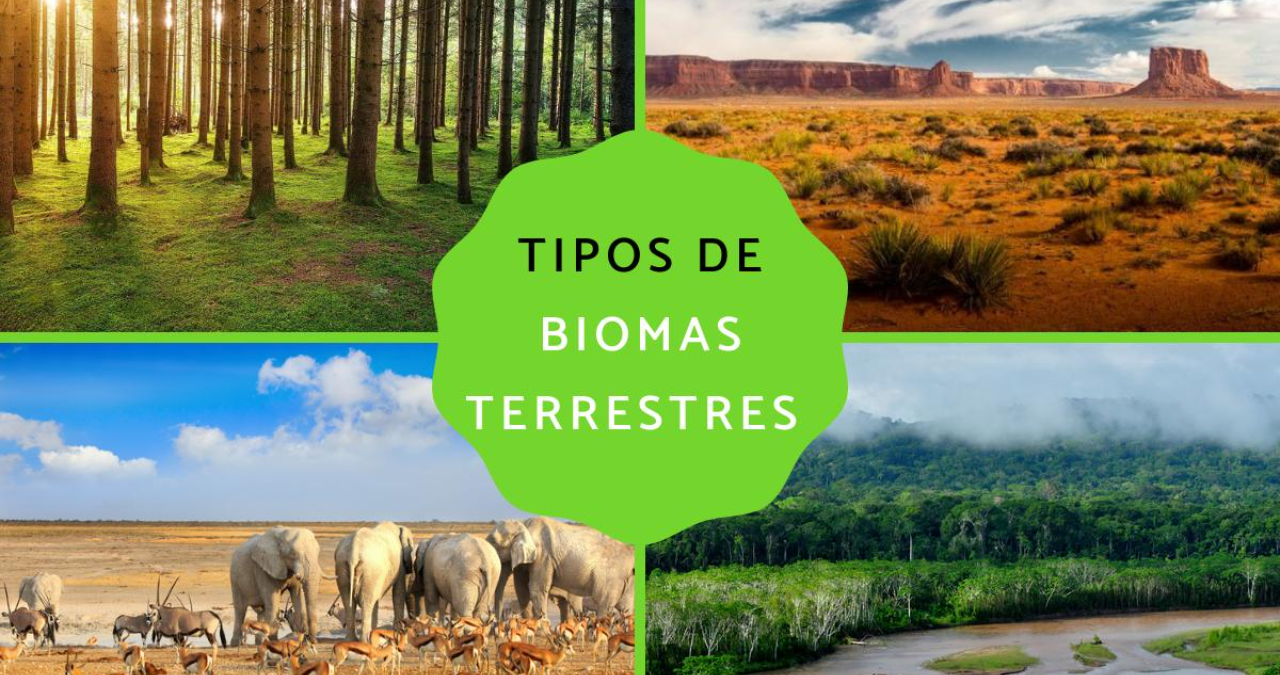Discover the beauty and diversity of terrestrial biomes. Explore forests, deserts, tundras, grasslands, and more in this comprehensive guide to Earth’s land-based ecosystems.
Introduction to Terrestrial Biomes
Terrestrial biomes are essentially the Earth’s major land-based ecosystems. These large-scale environments are defined by specific climate conditions, vegetation types, and the animals that inhabit them. Think of them as nature’s neighborhoods, each with its own distinct character.
From lush tropical rainforests to the arid stretches of desert, terrestrial biomes offer a stunning range of biodiversity. Whether you’re a nature enthusiast, a student, or simply curious about the natural world, understanding terrestrial biomes helps connect the dots between climate, life, and geography.
What Exactly is a Terrestrial Biome?
To put it simply, a terrestrial biome is a large area of land categorized by its climate, soil, plants, and animals. Unlike aquatic biomes, which cover the water-based regions of Earth, terrestrial biomes exist entirely on land. These ecosystems can span across continents and are not limited by political borders.
Each biome has its own unique climate, which is the biggest factor in determining what kinds of plants and animals can live there. For instance, you wouldn’t find a cactus thriving in a rainforest or a polar bear sunbathing in the savanna. Climate plays matchmaker, pairing flora and fauna with the perfect environment.
Types of Terrestrial Biomes
Understanding terrestrial biomes means diving into the different types that exist on our planet. While there are many ways to classify them, the most commonly accepted categories include forests, deserts, grasslands, tundra, and shrublands.
Forest Biomes
Forest biomes are arguably the most familiar and widespread terrestrial biomes. They’re characterized by a high density of trees and a rich diversity of wildlife. Forests come in various forms including tropical, temperate, and boreal (taiga).
Tropical rainforests are lush, humid, and packed with biodiversity. These forests are located near the equator and receive heavy rainfall year-round. If you’ve ever seen pictures of the Amazon or Congo Basin, you’ve seen a tropical rainforest in action.
Temperate forests, on the other hand, experience four distinct seasons. They are found in regions like the eastern United States, parts of Europe, and East Asia. These forests are home to broadleaf trees that shed their leaves in the fall.
Boreal forests, also known as taigas, are found in the cold northern regions. They’re dominated by coniferous trees like pines and spruces. These forests might look sparse, but they support a unique array of wildlife including moose, wolves, and lynx.
Desert Biomes
Desert biomes are the ultimate survivors. With low rainfall and extreme temperature swings, deserts may seem lifeless at first glance, but they host a surprising number of specially adapted plants and animals.
There are hot deserts like the Sahara, where scorching daytime temperatures meet chilly nights. Then there are cold deserts such as the Gobi, where winters are frigid but still dry. Despite the harsh environment, desert biomes are home to resilient species like camels, cacti, and reptiles.
The lack of water doesn’t mean a lack of life. Desert plants like succulents store water efficiently, while animals have evolved to be nocturnal to avoid daytime heat. It’s a biome of minimalism and survival.
Grassland Biomes
Grassland biomes are dominated by grasses rather than large shrubs or trees. These biomes can be found in both tropical and temperate regions, where they go by names like savannas or prairies.
Savannas are tropical grasslands found in places like Africa, South America, and Australia. They often have scattered trees and are home to iconic wildlife such as lions, zebras, and elephants.
Temperate grasslands, known as prairies in North America or steppes in Eurasia, experience more temperature variation and are typically treeless. They’re fertile lands often converted into farmlands for agriculture.
Grasslands are open, expansive, and wind-swept. Despite their simplicity, they play a vital role in supporting herbivores and the predators that rely on them.
Tundra Biomes
The tundra is Earth’s coldest terrestrial biome. Found near the Arctic Circle and on high mountain tops, this biome is defined by freezing temperatures, short growing seasons, and permafrost—permanently frozen ground.
There are two types of tundra: Arctic and alpine. Arctic tundra is found in the northernmost parts of North America, Europe, and Asia. Alpine tundra occurs at high elevations, usually above the tree line.
Vegetation in the tundra is sparse, but hardy. Mosses, lichens, and low shrubs make up the bulk of plant life. Animals like polar bears, caribou, and arctic foxes have thick fur and fat layers to survive the cold.
Shrubland Biomes
Shrublands, sometimes called chaparral or maquis, are characterized by dense shrubs and short trees. These biomes are found in Mediterranean climates with hot, dry summers and mild, wet winters.
These areas are prone to wildfires, which ironically help maintain the ecosystem by clearing out old vegetation and triggering new growth. Plants here have waxy leaves to conserve moisture and deep roots to access underground water.
You’ll find shrublands in places like California, Chile, the Mediterranean Basin, and parts of Australia. Wildlife includes animals adapted to both drought and fire, such as coyotes, lizards, and various bird species.
Climate and Geography of Terrestrial Biomes
The climate is the primary factor that shapes terrestrial biomes. Temperature and precipitation patterns dictate the kind of vegetation that can grow, which in turn influences the animals that can thrive there.
Geography also plays a crucial role. Mountains, elevation, and proximity to oceans can create microclimates within biomes. That’s why you might find pockets of forest in an otherwise arid region, or snow-capped peaks in tropical zones.
Soil types, wind patterns, and seasonal changes further influence how terrestrial biomes function. The interaction between these factors creates the complex mosaic of ecosystems we see across the globe.
Flora and Fauna in Terrestrial Biomes
The variety of plant life, or flora, in terrestrial biomes is astounding. Each biome has its signature plant types adapted to local conditions. In rainforests, you’ll see towering trees with broad leaves. In deserts, compact shrubs and water-storing succulents rule.
Fauna, or animal life, is equally diverse. In forests, you might find monkeys, jaguars, and birds of paradise. In tundras, it’s all about survival—with species like lemmings, snowy owls, and musk oxen.
Adaptation is key. Whether it’s thick fur, hibernation, nocturnal habits, or water retention strategies, every living thing in a terrestrial biome has evolved to thrive in its unique environment.
Human Impact on Terrestrial Biomes

Unfortunately, human activity has significantly altered many terrestrial biomes. Deforestation, urbanization, agriculture, and climate change are pushing ecosystems to the brink.
Rainforests are being cleared for timber and farming. Grasslands are being plowed under for crops. Even deserts and tundras are feeling the impact through pollution and resource extraction.
Conservation efforts are vital. Protecting terrestrial biomes helps preserve biodiversity, regulate climate, and maintain the balance of life on Earth. Sustainable practices, education, and global cooperation are the need of the hour.
Table: Summary of Major Terrestrial Biomes
| Biome | Climate | Dominant Vegetation | Common Animals |
|---|---|---|---|
| Forest | Varies by type | Trees | Birds, mammals, insects |
| Desert | Hot or cold, low rain | Cacti, succulents | Reptiles, camels, foxes |
| Grassland | Moderate, seasonal rain | Grasses | Herbivores, predators |
| Tundra | Cold, dry, permafrost | Mosses, lichens | Polar bears, foxes |
| Shrubland | Dry summers, wet winters | Shrubs, short trees | Birds, small mammals |
Quotes on Terrestrial Biomes
“Nature always wears the colors of the spirit.” – Ralph Waldo Emerson
“In every walk with nature one receives far more than he seeks.” – John Muir
FAQs About Terrestrial Biomes
What is the main difference between terrestrial and aquatic biomes?
Terrestrial biomes are land-based, while aquatic biomes are water-based. Terrestrial biomes include forests, deserts, and tundras, whereas aquatic ones include oceans, rivers, and lakes.
Which is the largest terrestrial biome?
The boreal forest, or taiga, is the largest terrestrial biome. It stretches across North America, Europe, and Asia.
Can biomes change over time?
Yes, biomes can shift due to climate change, natural disasters, or human interference. Forests can become grasslands, and deserts can expand or shrink.
Why are terrestrial biomes important?
They support biodiversity, regulate climate, produce oxygen, and provide resources like food and medicine. They’re essential for life on Earth.
How can we protect terrestrial biomes?
By supporting conservation efforts, reducing carbon footprints, using sustainable products, and advocating for environmental policies.
Conclusion
Terrestrial biomes are the natural world’s way of organizing life on land. Each biome, with its unique climate, landscape, and living organisms, contributes to the planet’s rich tapestry. From dense forests to barren deserts, these ecosystems are vital to Earth’s health.
Understanding terrestrial biomes not only deepens our appreciation for nature but also underscores the importance of preserving these ecosystems. As stewards of the planet, it’s up to us to protect these incredible biomes for future generations.




